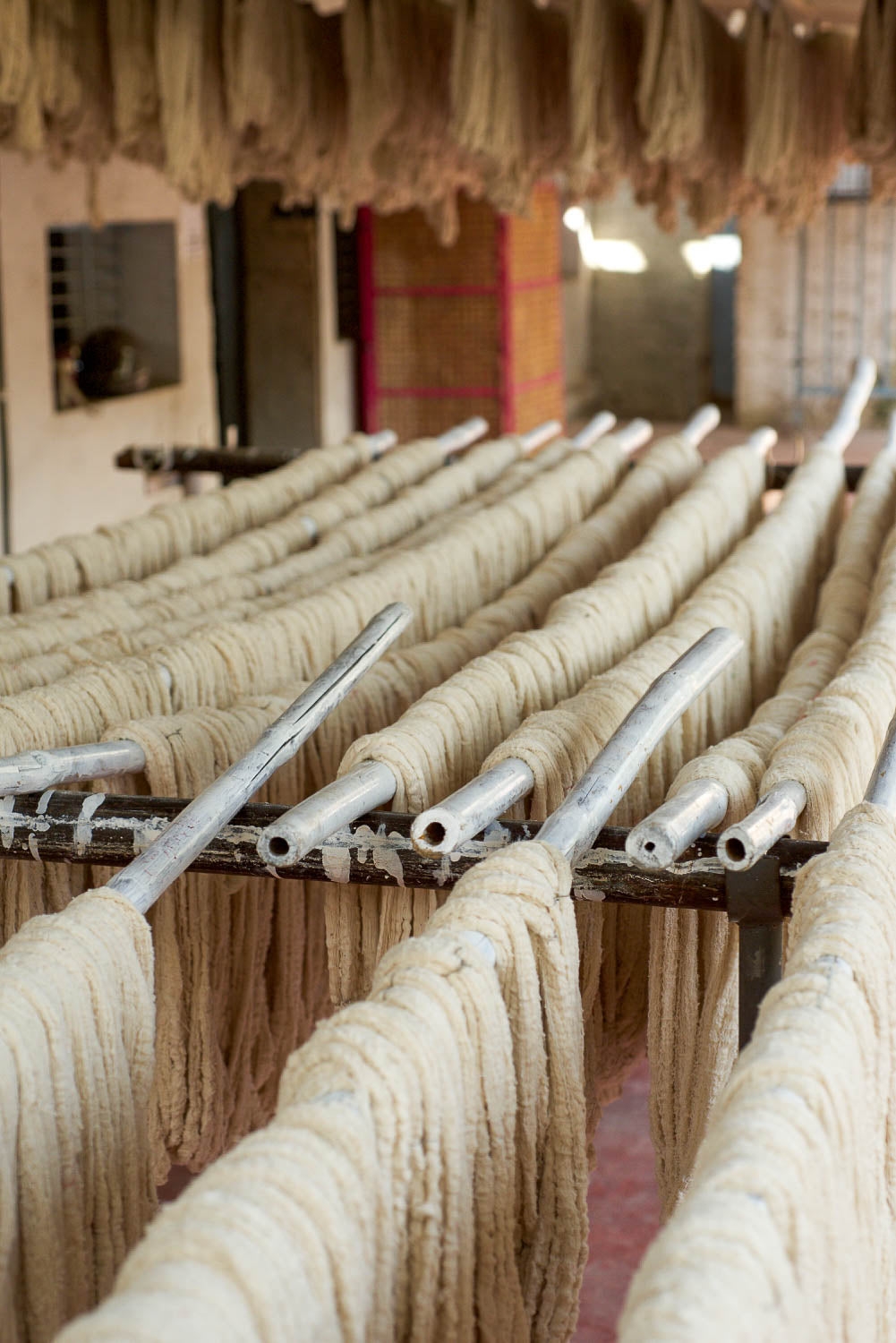Khadi was introduced to the people of undivided India in 1918 in order to achieve self-sufficiency and independence from British textiles. Khadi movement, a socio-cultural narrative, was launched by Gandhiji from the Satyagraha Ashram in May 1915, popularly known as the Sabarmati Ashram, in the Ahmedabad district, Gujarat.
Technically, khadi can refer to any natural fabric that is
hand-spun and handwoven, be it cotton, silk, jute or wool. While mill-made
cloth is essential to satisfy the textile demands of the Indian market, khadi
is a precious craft deeply intertwined with India’s story. More importantly, it
is highly sustainable.
History
The word khadhi is derived from khaddar, aterm used for the handspun fabric of India.
The origin of khadhi trace back to Indus valley civilization.
Evidence of handspun cotton, which makes khadhi ancient. As the year progressed,
it found itself named muslin, chintz, and calico.
Process
Cotton cultivation : cotton balls are picked by hand in the fields.
Cotton fibre is separated by hand using a fine comb. This prepares the fibre for spinning.The fibre is cleaned to remove last traces of dirt. The fibre is spun on a wheel (“charkha”) and is twisted at the same time to make it stronger. Preparation of yarn : cotton yarn is prepared on bobbins that are easy to transport to weaver’s homes. Cotton yarn is carried to artisan’s homes and woven into fabric. Woven fabric is sent for dyeing. The dyed fabric is washed and cleaned and is ready for use.Benefits of khadi in India
Khadi clothing from India may be worn year-round. The climate is mild year-round, with mild winters and mild summers.
As opposed to synthetic materials, khadi does not trigger allergic reactions or skin irritations, making it a great choice for anybody with sensitive skin. Traditional khadi textiles are hand-dyed and woven.Present
Once the stereotypical uniform of sober politicians and a symbol of self-reliance in India’s independence struggle, khadi is now the darling textile of India’s fashion houses, and is frequently spotted at pop-up shops, art biennales, and on runaways across the country.
Conscious fashion consumers have been quick to adopt khadi denim jeans, and modern brides are making in decadent khadi lehengas in their trousseau.







Comments
Post a Comment